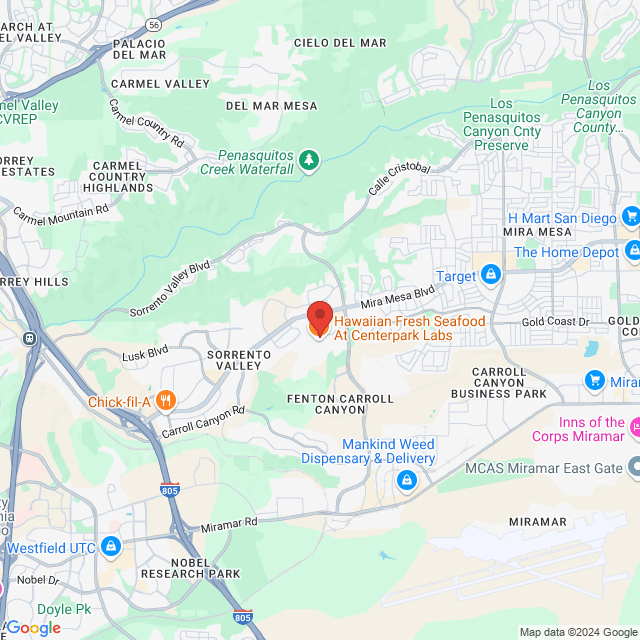Embezzlement
Embezzlement is defined as the misappropriation of items with which a person has been entrusted. Embezzlement differs from larceny in that the perpetrator of embezzlement comes into possession of property legally, but fraudulently assumes rights to it. Charges of embezzlement can even be levied if the embezzler intended to return the property later.

Embezzlement Criminal Cases
Four points must be proven to support the case for embezzlement:
1) The relationship between the defendant and the aggrieved party was a fiduciary one
2) The lost property came into the defendant’s possession through that relationship
3) The defendant fraudulently assumed ownership of the property or transferred it into the ownership of another
4) The defendant’s misappropriation of the property was intentional
Embezzlement and Employee Theft
One of the most common instances of embezzlement in today’s society is employee theft. Employees of many companies have access to company property, creating the potential for embezzlement. Examples include such small crimes as theft of retail items, discounted sale of retail items, and theft from cash registers, but can also include the theft of millions by employees of large firms.
Detection of Embezzlement
There are a number of warning signs of employee embezzlement. Some general indicators may include:
- Missing documents
- Delayed bank deposits
- Holes in accounting records
- A large drop in profits
- A jump in business with one particular customer
- Customers complaining about double billing
- Repeated duplicate payments
- Numerous outstanding checks or bills
- Disparity between accounts payable and receivable
- Disappearance of petty cash
Other Employee Warning Signs:
- Goes out of the way to work overtime
- Spending more lavishly than salary might indicate
- Has the same address as a vendor
Investigation of Embezzlement Cases
Since embezzlement is usually discovered by way of circumstantial evidence, an active approach by the employer is required to uncover the perpetrators of the crime. An investigation should be conducted quickly but subtly. Company officials should compile a list of employees who may have had the opportunity to commit the suspected embezzlement. These employees should be interviewed, more than once if necessary. The employer should try to recover as many records as possible to find accounting discrepancies or other evidence. If the crime appears to exist on a large scale, the employer may need to contact outside advisors – including attorneys, insurance agents, and investigative specialists – to assist with the inquiry.
If guilt can be assigned to one or more individuals, the employer will have to determine what action to take against them within the company. Termination is not out of the question if there is strong evidence indicating guilt. Then, the employer must decide whether or not a civil suit will be filed and whether or not to turn the evidence over to public authorities for criminal booking and trial.
Punishments for Embezzlers
The penalty for an embezzlement violation typically depends on the value of the property that is misappropriated. A perpetrator is usually fined an amount on the same order of the value of the property, and may receive a prison sentence as well. Please contact Impact Law to learn more.
Related to Embezzlement




